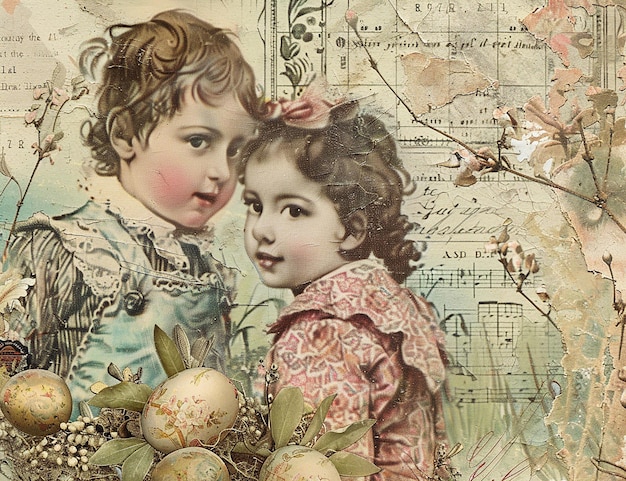
Six months after Jane Austen’s death, the first book that actually listed her as the author was published. This was a combined four-volume set, including “Persuasion” and “Northanger Abbey,” which hit the shelves in late December 1817, although the title page says it was published in 1818. These were two of her unpublished works that, for the first time, publicly recognized Jane Austen as the writer. During her lifetime, all her works were published anonymously, credited only to “By a Lady” or “By the Author of …”
These books can be seen as fitting bookends to Austen’s career. “Northanger Abbey” is one of her earlier works, a novel she had been working on during the 1790s, around the time she was writing her first published novel, “Sense and Sensibility,” and her second one, “Pride and Prejudice.” “Northanger Abbey” was Jane Austen’s first novel submitted for publication back in 1803. She sold the rights to a bookseller who neither published it nor returned it, threatening legal action if Austen tried to publish it elsewhere. Eventually, the publisher agreed to sell the rights back, which her brother purchased in 1816. Austen then edited it thoroughly, including changing the main character’s name from Susan to Catherine.
“Persuasion,” on the other hand, is the last novel Austen completed, featuring a heroine who is about a decade older than the one in “Northanger Abbey.” Catherine Morland in “Northanger Abbey” is on the brink of adulthood, while Anne Elliot in “Persuasion” has already seen the best years of her youth pass by. Catherine is full of dreams and naiveté, whereas Anne is practical and grounded. Despite being vastly different, both characters are immensely appealing.
“Northanger Abbey” parodies the then-popular Gothic romance novels. The story follows Catherine Morland, a naive young woman invited to Bath, who meets some deceitful people there. Despite her youth and inexperience, Catherine is honest and straightforward. The novel explores her journey of growing up, learning to decipher between truths and lies, saying ‘no,’ and standing up for herself. Throughout this, she falls in love with Henry Tilney, a clever clergyman whose family owns Northanger Abbey. While not originally a favorite among Austen’s romantic leads, the 2007 screen adaptation starring JJ Feild transformed Mr. Tilney into a more popular character.
“Persuasion” features Anne Elliot, a dutiful and compassionate middle child in an aristocratic family led by a superficial father and sisters. Sir Walter, Anne’s father, lives beyond his means, forcing them to lease their family home to generate income. The new tenants turn out to be the family of Captain Frederick Wentworth, Anne’s former love, whom she was persuaded to reject years ago. Despite the passage of time and Anne’s fading bloom, Wentworth re-enters her life, offering a second chance at love if she can assert her happiness over societal expectations.
Both “Northanger Abbey” and “Persuasion” have had multiple screen adaptations. Northanger Abbey was adapted by the BBC and A&E in 1986 and by ITV in 2007, a version favored by many for its appeal. Similarly, “Persuasion” has seen several adaptations since the 1960s, with notable recent versions produced in 1995 and 2007.
Celebrating over 200 years since the publication of these beloved novels, re-reading them or watching one of their adaptations can bring immense joy. The characters of Catherine Morland, Mr. Tilney, Anne Elliot, and Captain Wentworth have stood the test of time and will likely continue to enchant readers and viewers for many more years to come.
Are you a fan of Catherine and/or Anne? Share your thoughts on “Northanger Abbey” and “Persuasion.”

